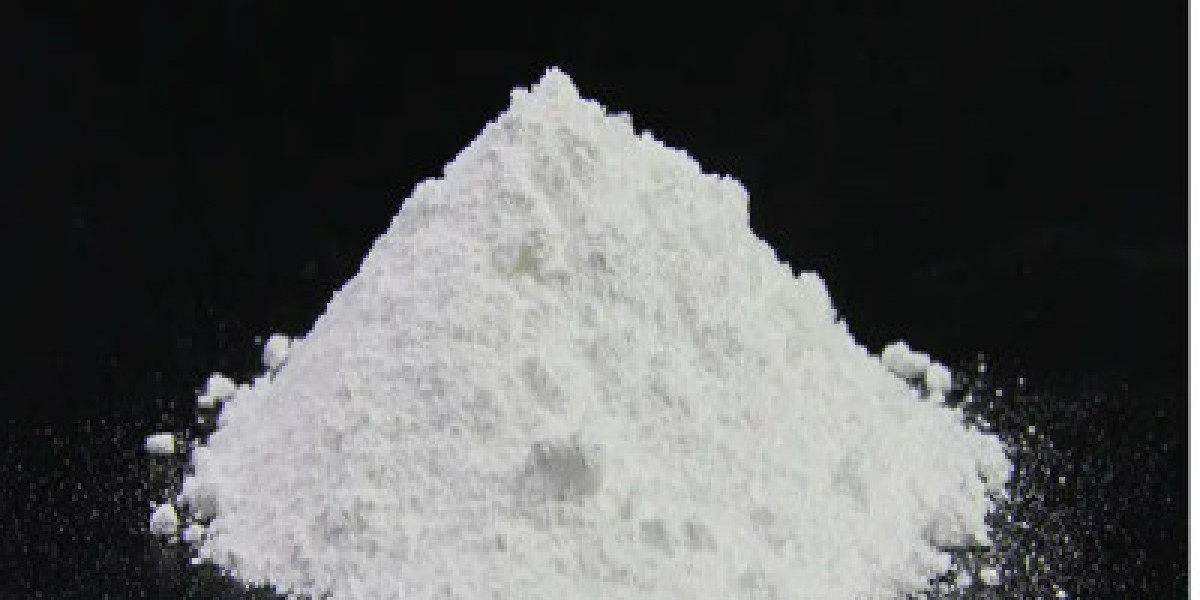Mitigating the impact of compliance on production efficiency requires a strategic and proactive approach. chemical manufacturing companies can take several steps to ensure that meeting environmental regulations does not significantly hinder their operational performance. Here are some effective strategies:
1. Integrate Compliance into Business Strategy
- Holistic Approach: Embed environmental compliance into the overall business strategy rather than treating it as a separate or additional task. This ensures that compliance is considered from the outset in all major decisions, including process design, technology selection, and facility expansion.
- Sustainable Goals: Set clear, measurable sustainability goals that align with both regulatory requirements and business objectives. This helps in prioritizing investments and efforts towards areas that offer the best balance of compliance and efficiency.
2. Optimize Production Processes
- Lean Manufacturing: Implement lean manufacturing principles to eliminate waste and inefficiencies in production processes. This not only improves efficiency but also reduces the environmental footprint by minimizing resource use and waste generation.
- Process Automation: Invest in advanced automation technologies to optimize production processes. Automated systems can improve precision, reduce human errors, and enhance overall productivity while ensuring consistent compliance with environmental standards.
3. Invest in Advanced Technologies
- Innovative Solutions: Adopt innovative technologies that can help meet environmental regulations more efficiently. For example, using digital tools like artificial intelligence and machine learning for predictive maintenance and real-time monitoring of emissions can reduce downtime and improve compliance.
- Cleaner Production Technologies: Invest in cleaner production technologies that minimize the use of hazardous materials and reduce waste generation. This can lead to cost savings in waste disposal and reduced risk of non-compliance.
4. Enhance Supply Chain Management
- Sustainable Sourcing: Evaluate and optimize the supply chain to ensure that raw materials are sourced sustainably. This can reduce the environmental impact and regulatory burden associated with raw material extraction and transportation.
- Collaboration with Suppliers: Work closely with suppliers to ensure they also comply with environmental regulations. This can help in reducing the overall environmental footprint of the production process.
5. Implement Comprehensive Training Programs
- Employee Training: Provide comprehensive training to employees on environmental regulations, compliance procedures, and best practices. Well-trained employees are more likely to follow protocols, reducing the risk of non-compliance and improving overall efficiency.
- Continuous Education: Ensure ongoing education and updates on regulatory changes to keep the workforce informed and capable of adapting to new requirements.
6. Develop Efficient Monitoring and Reporting Systems
- Real - Time Monitoring: Implement real - time monitoring systems to track environmental performance and compliance. This allows for immediate detection and correction of issues, minimizing disruptions to production.
- Automated Reporting: Use automated reporting tools to streamline the process of compliance reporting. This reduces the administrative burden and ensures accurate and timely submission of required data.
7. Engage in Proactive Compliance Management
- Regular Audits: Conduct regular internal audits to identify potential compliance issues and address them proactively. This helps in avoiding costly fines and disruptions to production.
- Risk Assessment: Perform comprehensive risk assessments to identify and prioritize areas that pose the highest compliance risks. Focus on these areas to ensure efficient use of resources.
8. Leverage Regulatory Incentives
- Incentive Programs: Take advantage of government incentives, grants, or tax credits available for chemical manufacturing companies that invest in environmentally friendly technologies or practices. These incentives can help offset the costs of compliance and improve financial viability.
- Voluntary Programs: Participate in voluntary environmental programs or certifications that can enhance the company’s reputation and provide additional benefits, such as market differentiation.
9. Foster Collaboration and Partnerships
- Industry Collaboration: Collaborate with other chemical manufacturing companies in the industry to share best practices, technologies, and solutions for compliance. Industry associations can be a valuable resource for staying updated on regulatory changes and finding collective solutions.
- Stakeholder Engagement: Engage with stakeholders, including regulators, environmental groups, and local communities, to build trust and demonstrate commitment to environmental responsibility. This can lead to more supportive regulatory environments and better community relations.
10. Focus on Continuous Improvement
- Kaizen Approach: Adopt a continuous improvement mindset, such as the Kaizen approach, to constantly seek ways to enhance both production efficiency and environmental compliance. Small, incremental improvements can add up to significant benefits over time.
- Feedback Loops: Establish feedback loops to gather input from employees, customers, and regulators on ways to improve compliance and efficiency. This collaborative approach can lead to innovative solutions and better alignment with stakeholder expectations.
By implementing these strategies, chemical manufacturing companies can effectively mitigate the impact of compliance on production efficiency. This not only helps in meeting regulatory requirements but also enhances overall operational performance and sustainability.








